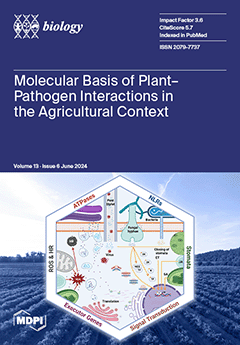H. perforatum, as one of the Traditional Chinese Medicinal materials, possesses a variety of pharmacological activities and high medicinal value. However, in recent years, the wild resources of
H. perforatum have been severely depleted due to global climate change and human activities,
[...] Read more.
H. perforatum, as one of the Traditional Chinese Medicinal materials, possesses a variety of pharmacological activities and high medicinal value. However, in recent years, the wild resources of
H. perforatum have been severely depleted due to global climate change and human activities, and artificial cultivation faces problems such as unstable yield and active ingredient content. This poses a serious obstacle to the development and utilization of its resources. Therefore, this experiment took
H. perforatum as the research object and used 894 distribution records of
H. perforatum and 36 climatic environmental factors, using the MaxEnt model and GIS technology to explore the main climatic factors affecting the distribution of
H. perforatum. Additionally, by utilizing the principles of ecological niche theory, the potential suitable distribution regions of
H. perforatum across past, present, and future timelines were predicted, which can ascertain the dynamics of its spatial distribution patterns and the trend of centroid migration. The results indicate that the main environmental factors affecting the geographical distribution of
H. perforatum are solar radiation in April (Srad4), solar radiation in September (Srad9), mean temperature of driest quarter (Bio9), solar radiation in November (Srad11), annual mean temperature (Bio1), and annual precipitation (Bio12). Under future climate scenarios, there is a remarkable trend of expansion in the suitable distribution areas of
H. perforatum. The centroid migration indicates a trend of migration towards the northwest direction and high-altitude areas. These results can provide a scientific basis for formulating conservation and sustainable use management strategies for
H. perforatum resources.
Full article






